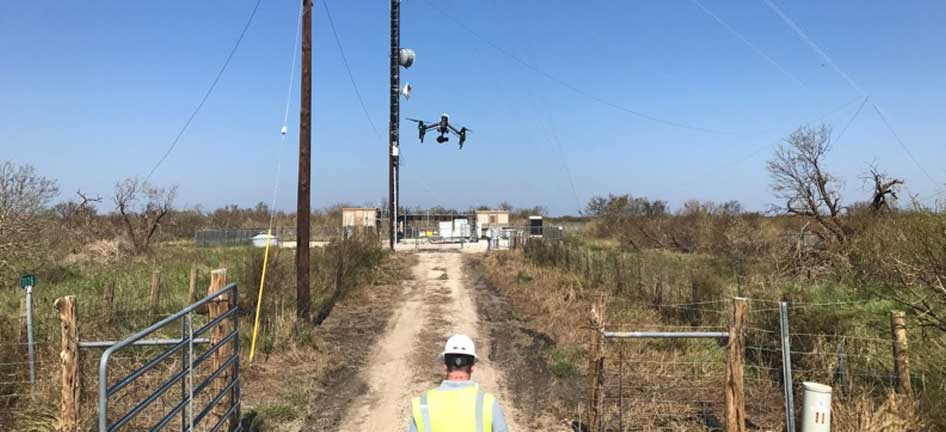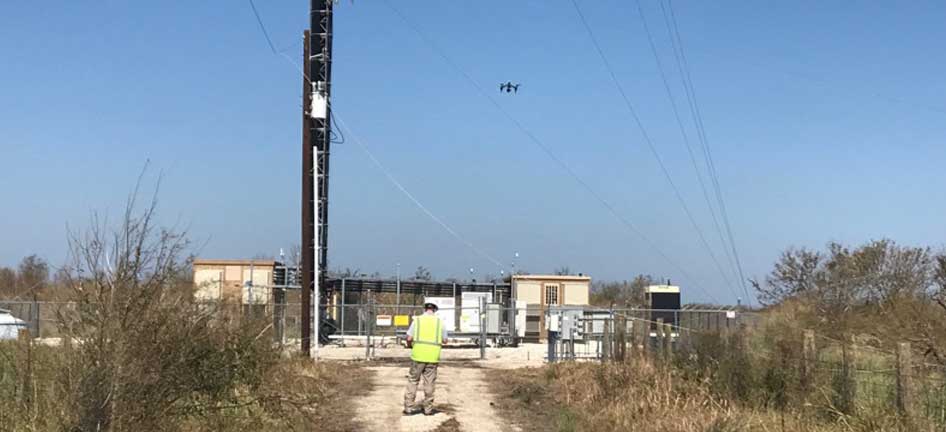
To help assess the impact of Hurricane Harvey, ravaging the Gulf Coast since Saturday, AT&T will use a fleet of drones to get a better look at damage throughout Southeast Texas.
Twenty-five drones, part of AT&T’s Network Disaster Recovery Team, will be used to inspect cell towers, helping assess the storm’s effect on the AT&T wireless network. Using drones allows access to flooded areas that cannot be reached by cars or trucks.
According to the Federal Communications Commission, Harvey knocked out more than 280,000 cable and wireline telecom hookups in Texas and Louisiana as of Tuesday afternoon. That number rose significantly since Monday when the FCC reported nearly 190,000 cable and wire-line customers were out of service.
Drones will take HD video and photos of a cell site, giving AT&T technicians a birds’ eye view of the tower. With high-quality visuals of equipment, components and cabling, engineers can remotely view cell sites safely from the ground – all in real-time.
AT&T also announced plans to deploy two Satellite Cell on Wheels (Sat COLTs) in Beaumont, Texas.
Sat COLTs are mobile, highly portable base stations to offer almost immediate mobile coverage in areas without the need of an established infrastructure.
The company will be staging an additional dozen units to support customers and first responders in the path of the second landfall of Harvey, which has been downgraded to a tropical storm. After hammering Houston through Tuesday, the storm moved back into the Gulf of Mexico, once again reaching land Wednesday morning near the Texas-Louisiana border.
Widespread rains and flooding affected Texas towns in its path, including Orange, Port Arthur and Beaumont, pummeling them with more than 2 feet of rain. Over four days, Houston – the nation’s fourth largest city – saw more than 50 inches of rain.




